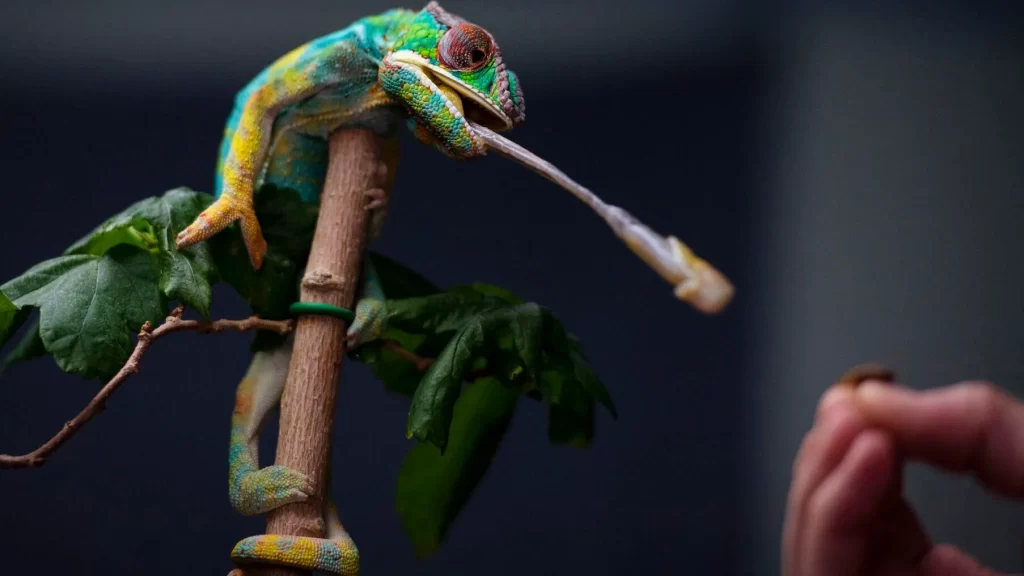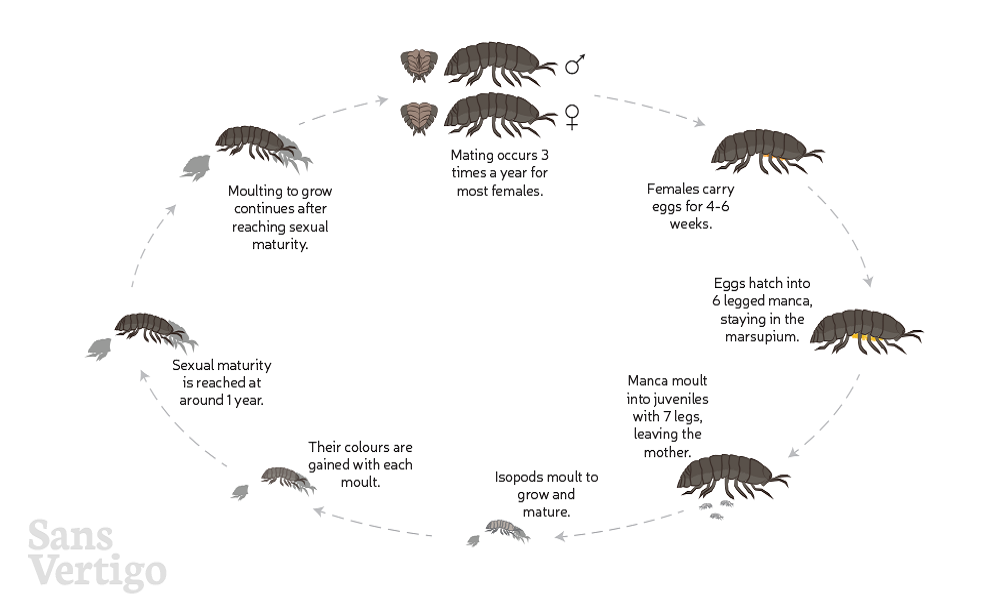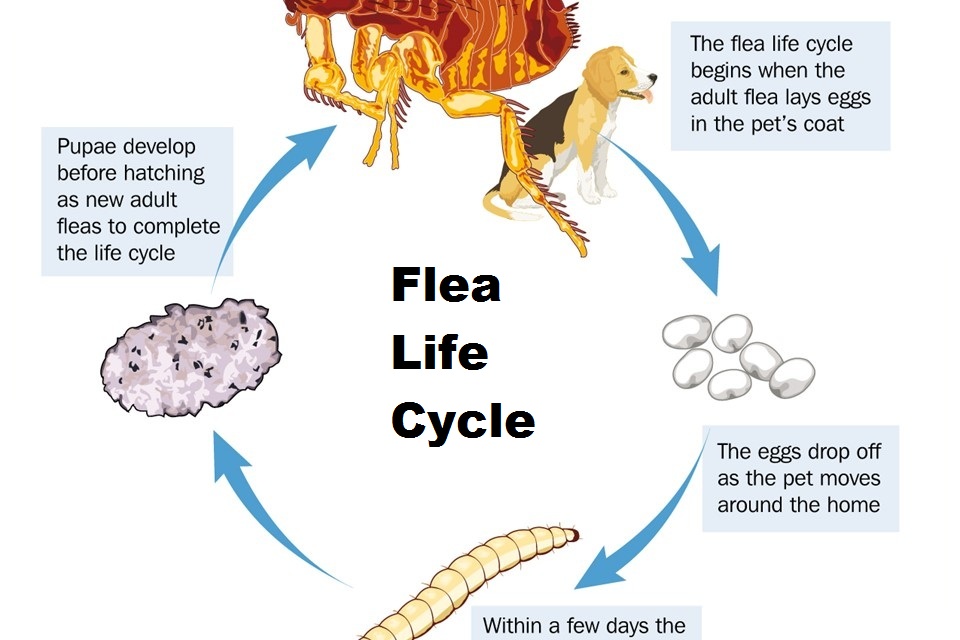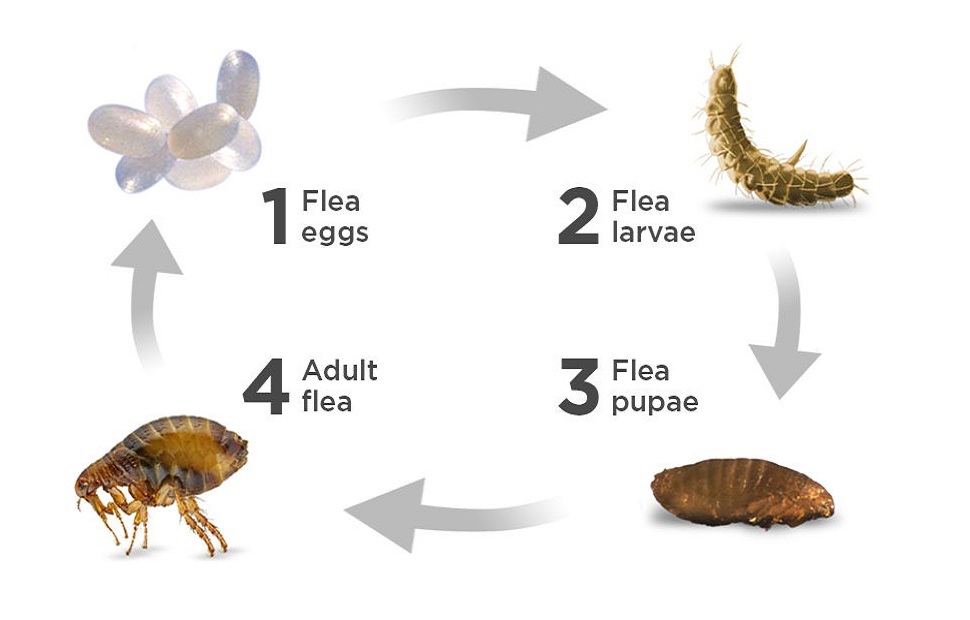5 Signs Your Chameleon is Thriving
Having a pet chameleon can be a rewarding experience, offering not only companionship but a fascinating insight into a remarkable species. Ensuring the health and happiness of your scaly friend involves understanding its needs deeply. Here, we delve into the telltale signs that your chameleon is flourishing in its habitat, giving you peace of mind and fostering a deeper bond between you and your pet. Also, we will share resources that can guide you to become a pro at chameleon care.

Content
1. Active and Alert
A healthy chameleon is an active one. They are naturally curious creatures, with eyes that have a 360-degree view allowing them to watch their surroundings constantly. If your chameleon is alert, actively exploring its habitat, and has bright, clear eyes, it’s a good indication that it is in good health.
You can further enhance your understanding and get tips on how to care for a chameleon to ensure they always remain curious and vibrant.
2. Vibrant Colors
Chameleons are known for their ability to change color based on their mood, temperature, and lighting conditions. A chameleon displaying a vibrant range of colors is generally healthy and happy. Dull or dark colors might indicate stress or illness.
It’s important to create an environment that encourages your chameleon to exhibit its beautiful range of colors naturally. If you’re a first-time owner, learning about their color-changing phenomena can be genuinely fascinating.
3. Regular Shedding
Like other reptiles, chameleons shed their skin as they grow. Regular and complete shedding is a sign of good health. Ensure they have a humid environment to facilitate this natural process and always remove the shed skin from their habitat to maintain cleanliness.
To keep their habitat perfect, understanding ways to harvest freshwater can be an added advantage, ensuring that your pet has access to fresh water at all times.
4. Strong Grip
Chameleons have a unique foot structure that allows them to have a strong grip on branches and twigs. A firm grip indicates good muscle health. If you notice your chameleon having trouble holding onto branches or appearing weak, it might be time to consult a veterinarian.
5. Healthy Appetite
A thriving chameleon will have a healthy appetite. They mainly feed on insects like crickets and worms. Maintaining a balanced diet for your chameleon is crucial for its well-being. If you notice a change in its eating habits, it could be a sign of underlying health issues.
To make sure you are providing the right diet for your chameleon, learn about the foods proven to reduce inflammation and ease pain not only for humans but also understanding which of them can be beneficial for your pet.
Chameleon care might seem daunting initially, but seeing your pet healthy and vibrant makes it all worthwhile. Ensure you are well-informed and prepared to take on the responsibility of caring for a chameleon. It’s a learning curve, but with the right guidance, it can be a delightful journey for both you and your pet. Remember, a happy chameleon means a happy pet parent!
Ideal Habitat Setup
Creating a paradise for your chameleon goes beyond just buying a standard cage. Research about the particular species you have as different chameleons have different habitat needs. Usually, a mesh cage promotes good ventilation. Moreover, daily misting to maintain a high level of humidity is pivotal. Include live plants such as hibiscus and ficus that are non-toxic and promote a more natural environment. Ensure that you have a variety of branch sizes for your pet to climb on, fostering its natural climbing and exploring instincts. The setup should mimic a chameleon’s natural habitat as closely as possible to keep it happy and healthy.
Interacting with Your Pet
Chameleons are generally solitary creatures and can get stressed with too much handling. However, it is essential to build trust with your pet, and a minimal amount of gentle handling might be necessary. When you do handle your chameleon, do it calmly and slowly to avoid causing stress. A trusting relationship means a thriving chameleon. Use these moments to check on your chameleon’s health closely, observing any changes in skin texture, color, and general demeanor. It’s all about striking a balance between giving affection and respecting their natural solitary disposition.
Monitoring Health Regularly
With chameleons, it’s always better to prevent an issue rather than treating it after it arises. Regular vet check-ups can ensure that any potential problems are caught early on. Keep a keen eye for any irregularities such as respiratory issues, which can be identified by unusual sounds or wheezing. Another essential aspect is oral health. Ensure the mouth is free from any unusual colors or discharges. Maintaining a health log can be beneficial, where you note down its feeding patterns, shedding cycles, and any behavioral changes. This detailed record can be a valuable tool in ensuring your chameleon lives a long, happy life.

Emily’s passion for small critters knows no bounds. She’s your guide to the wonderful world of hamsters, guinea pigs, and all things pocket-sized.




